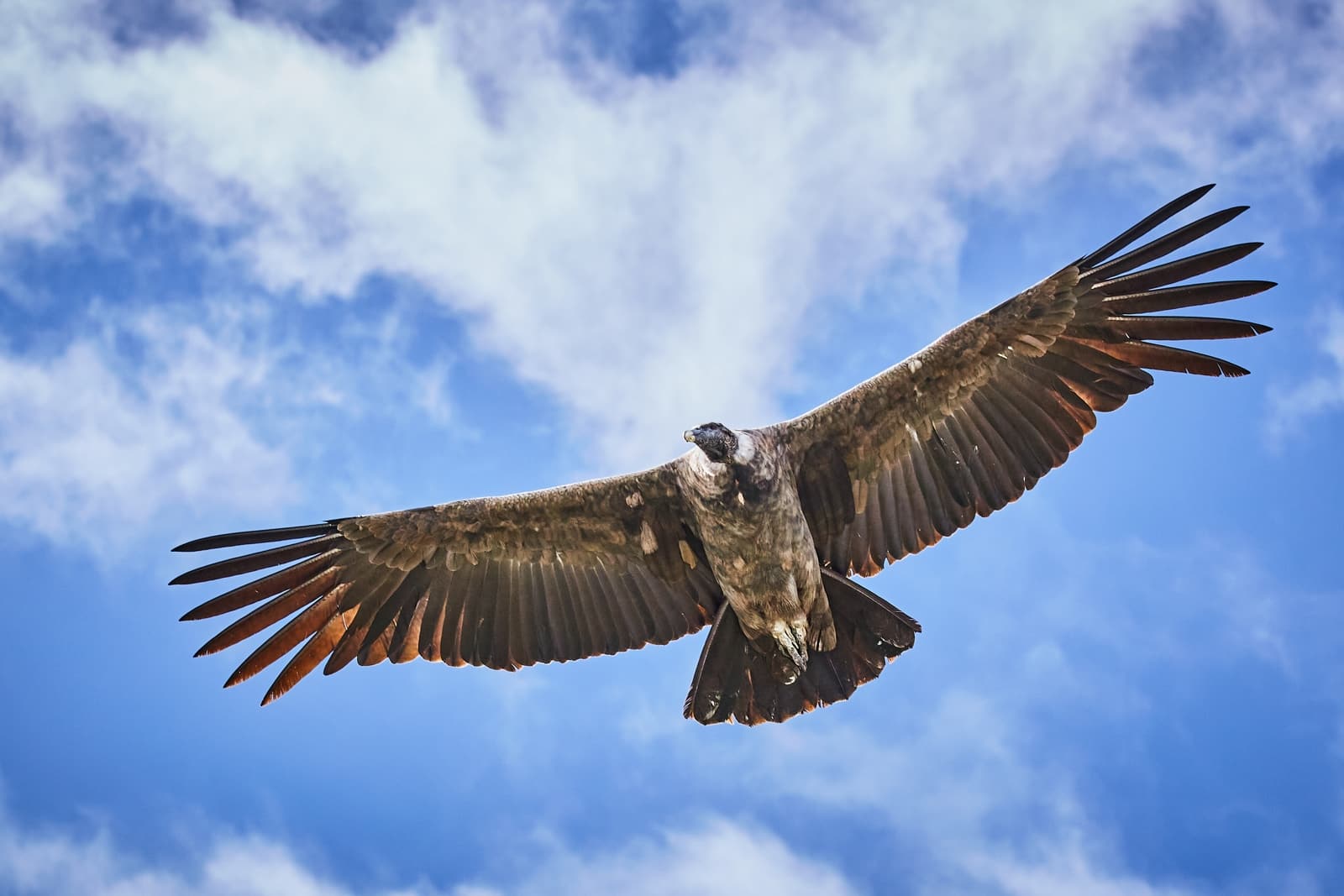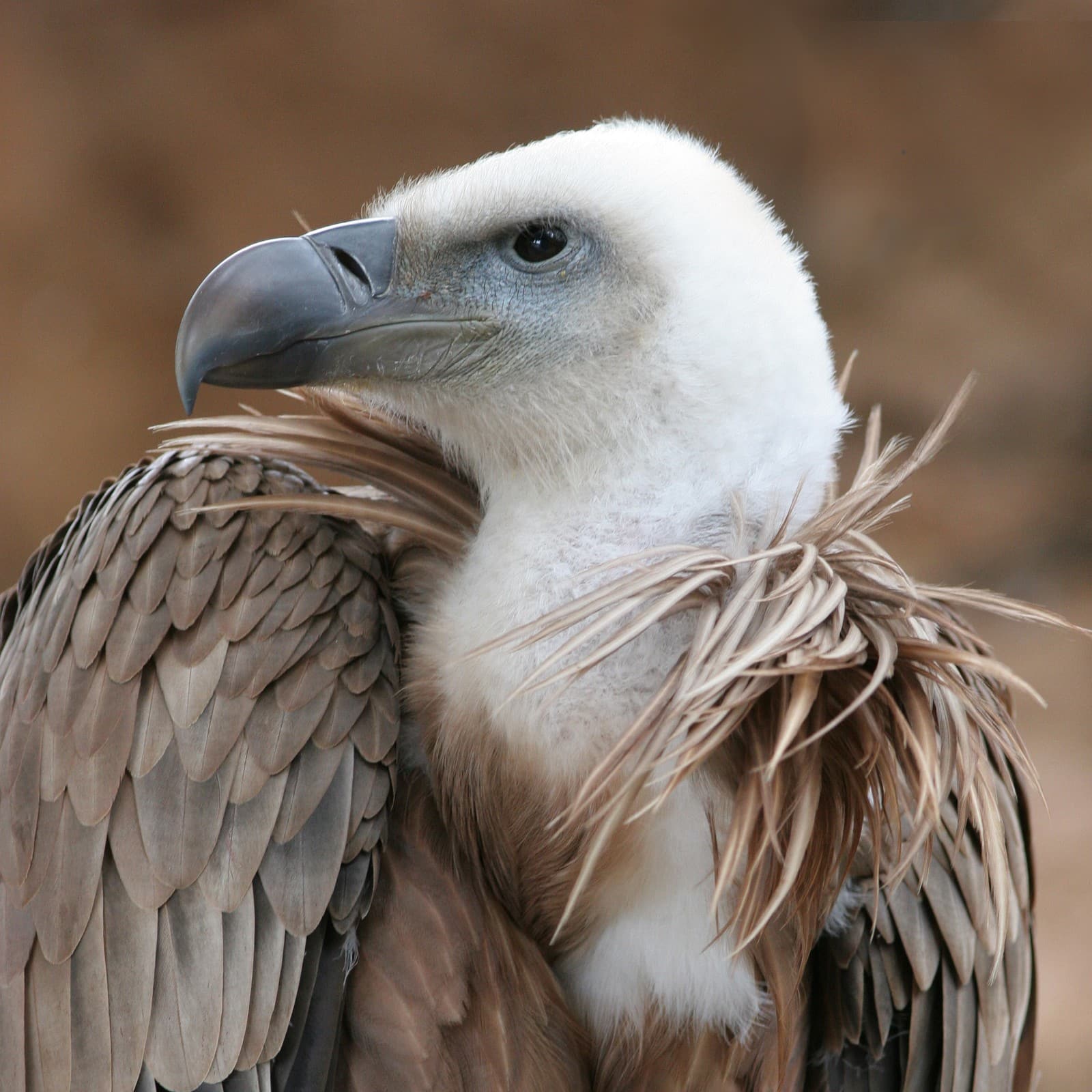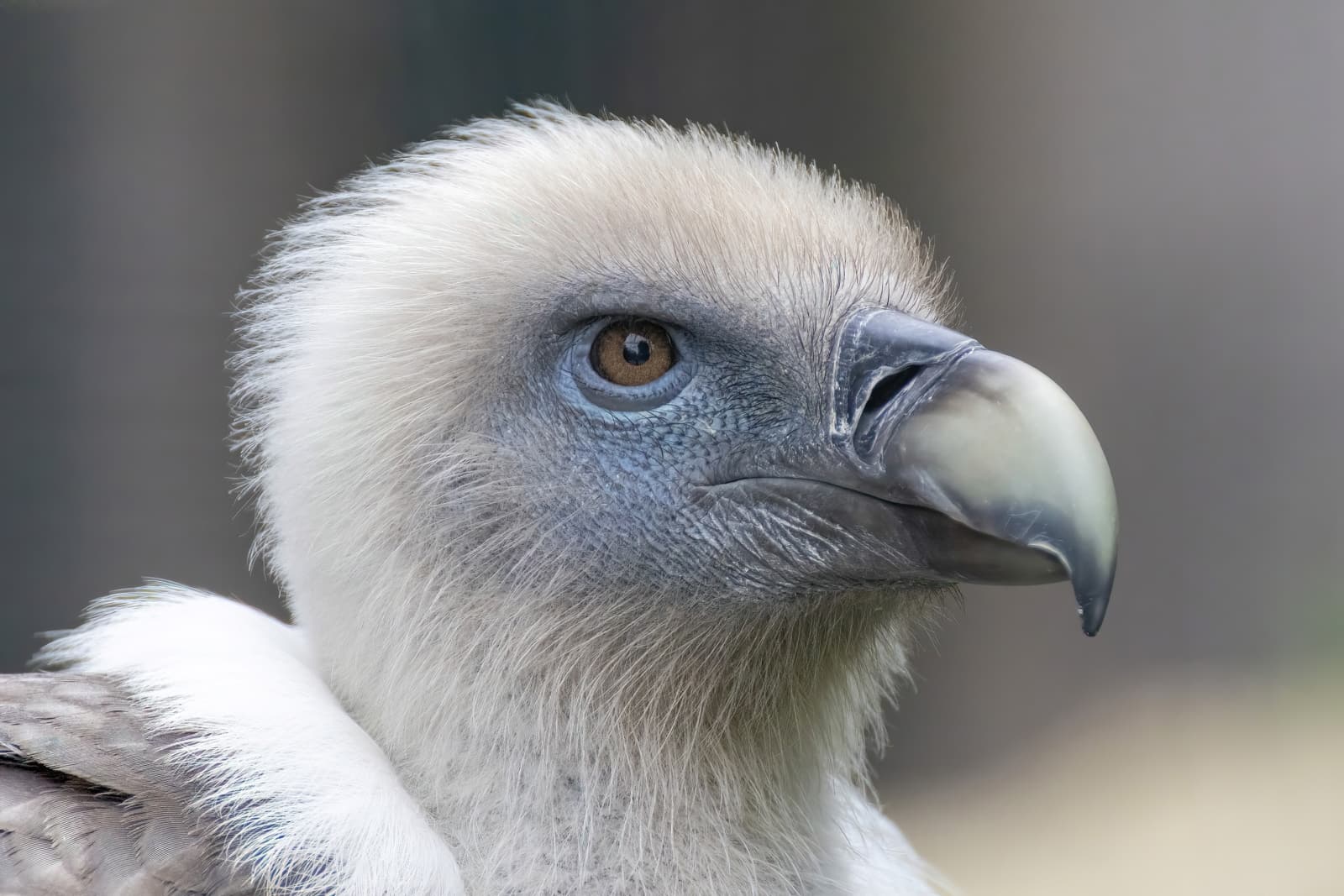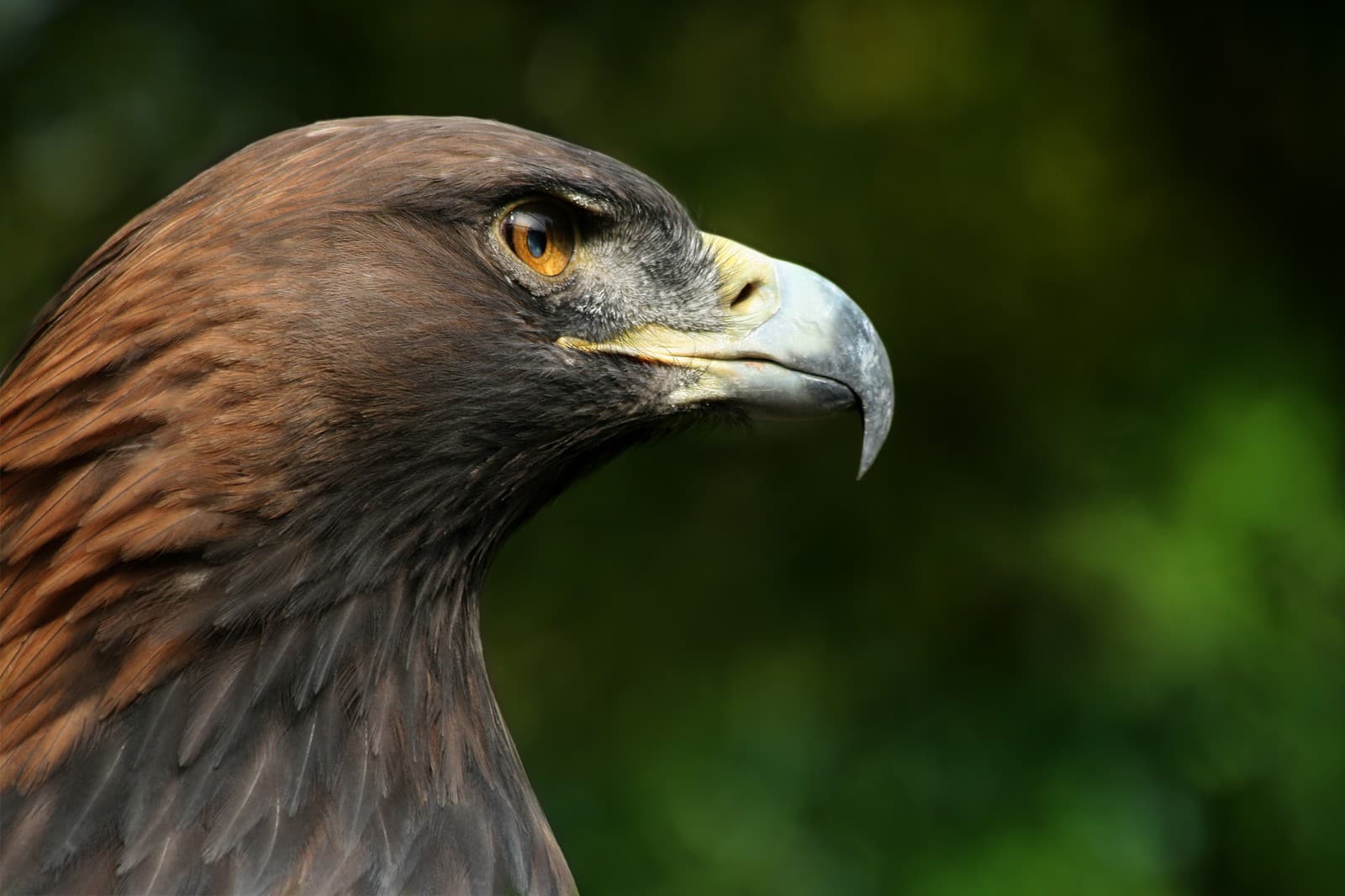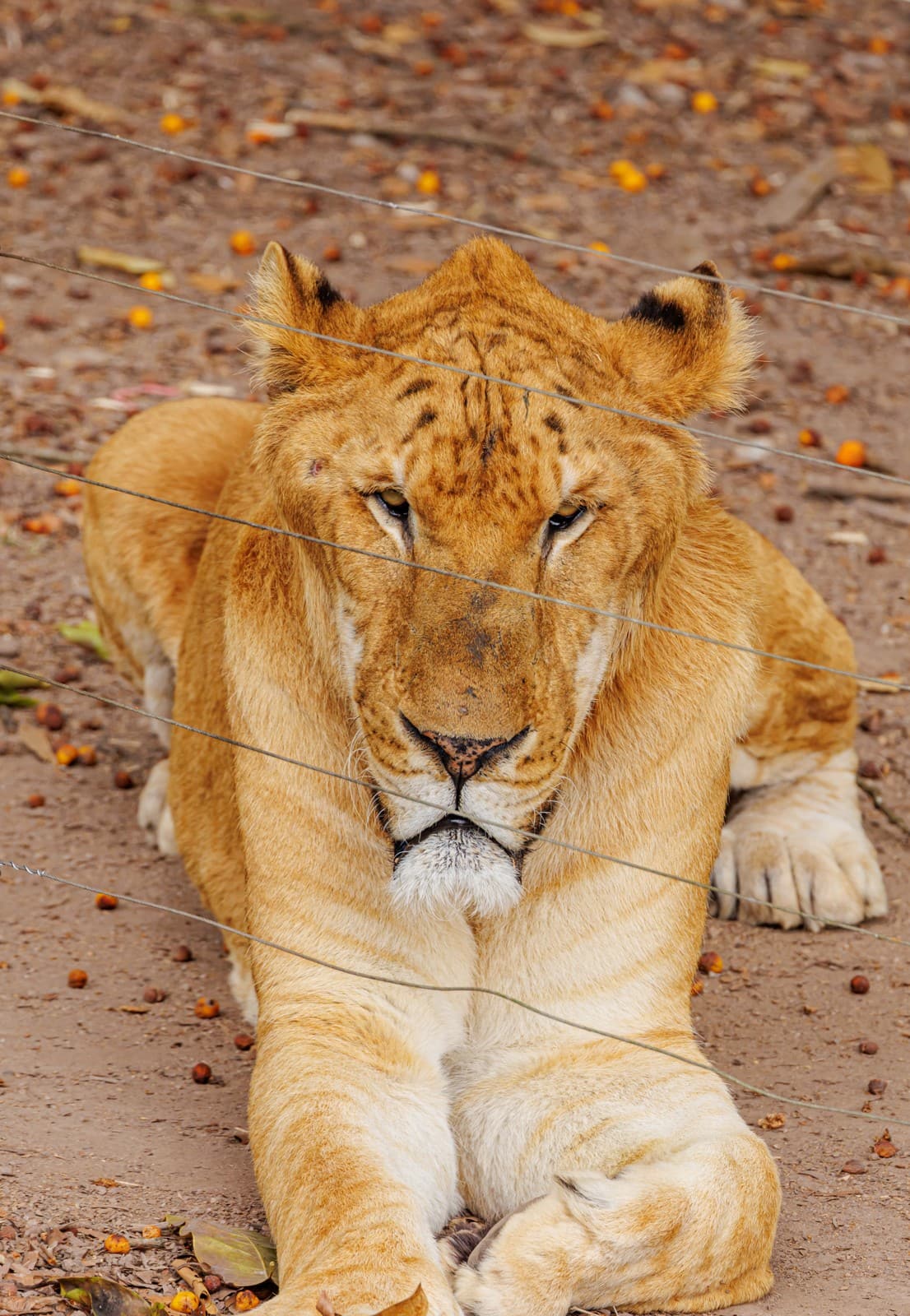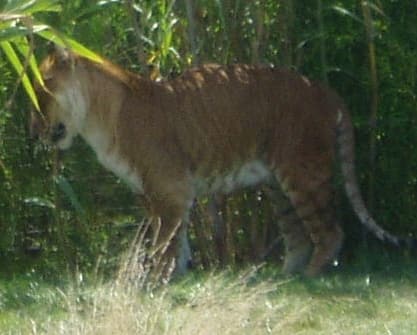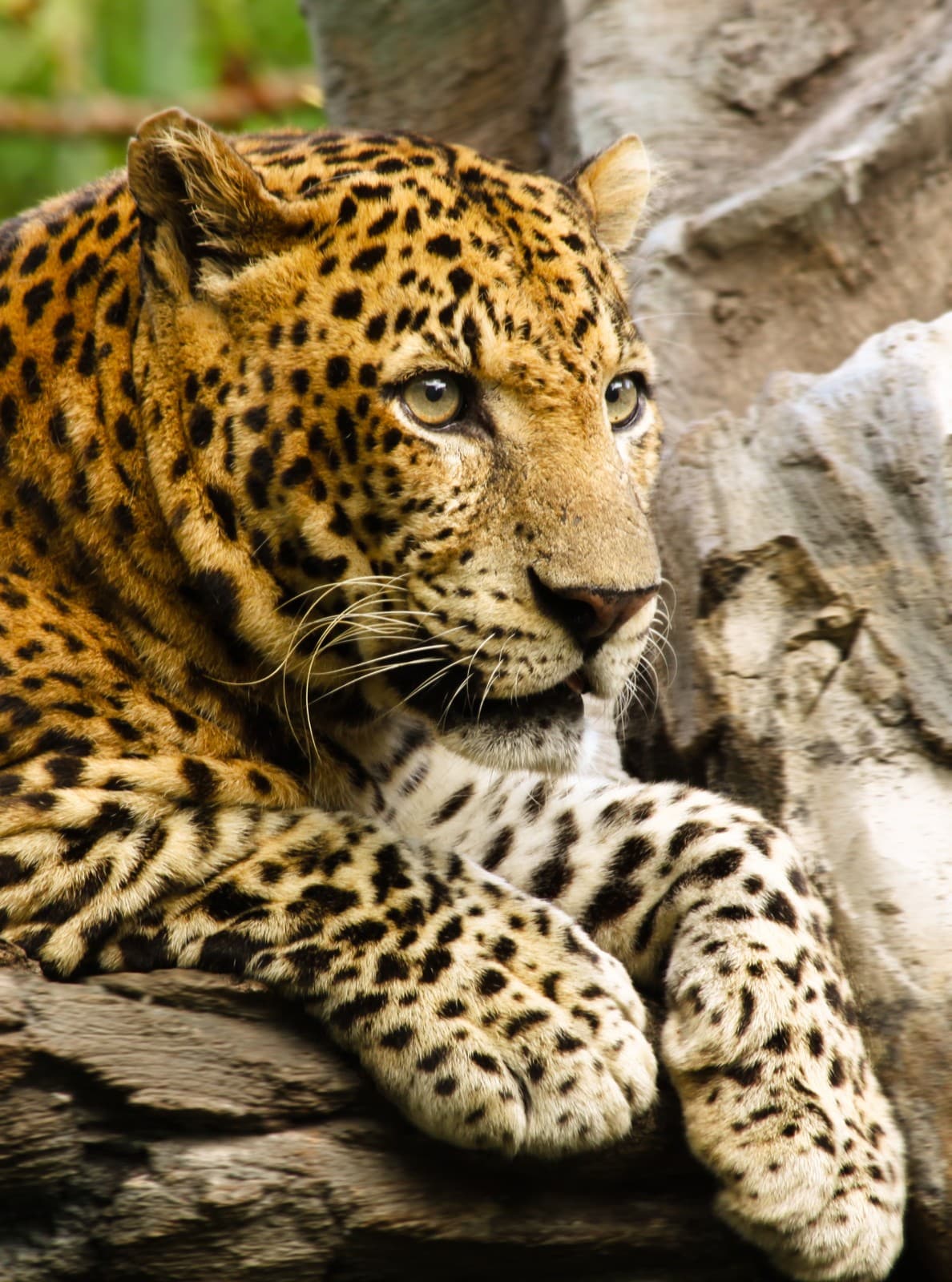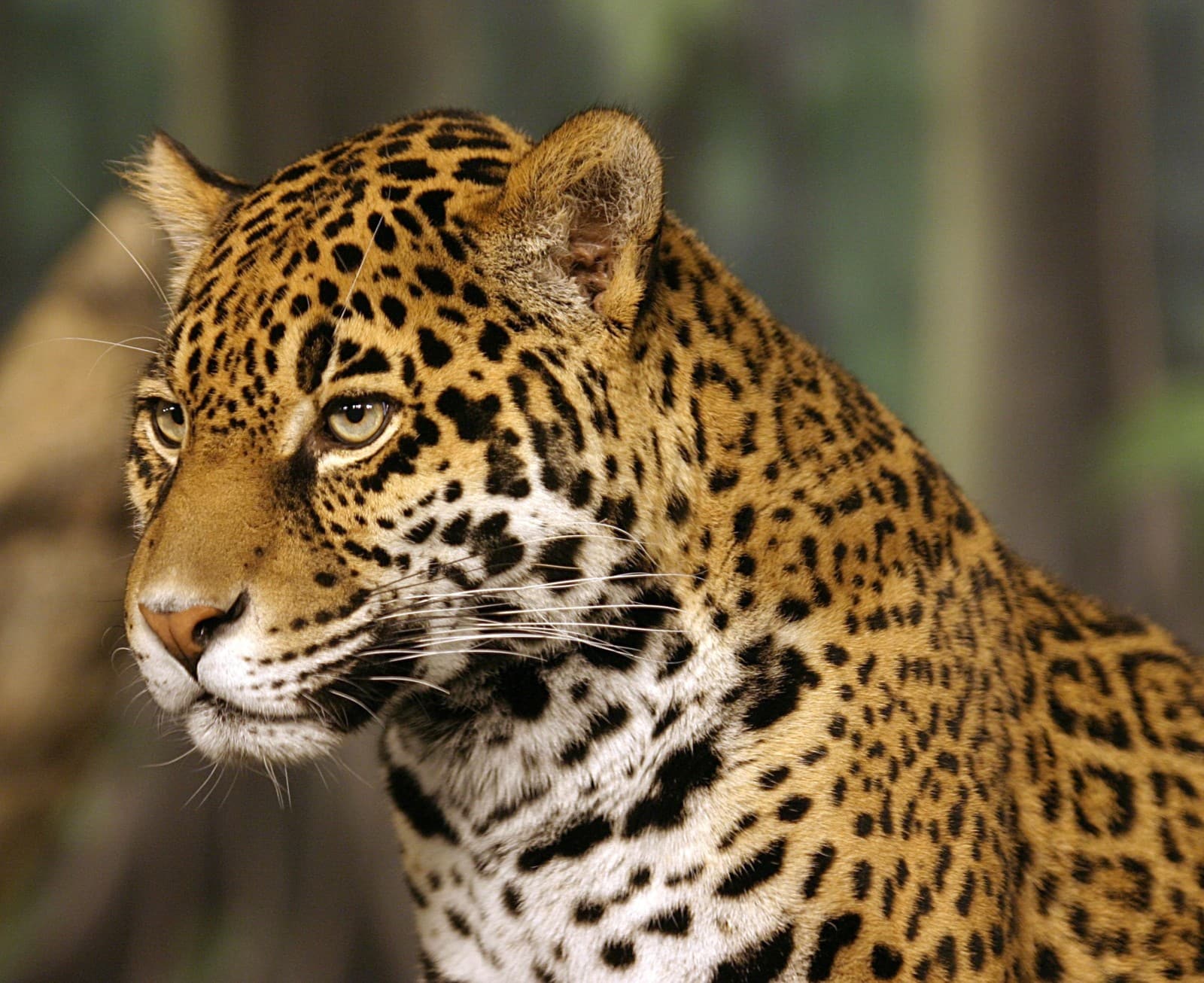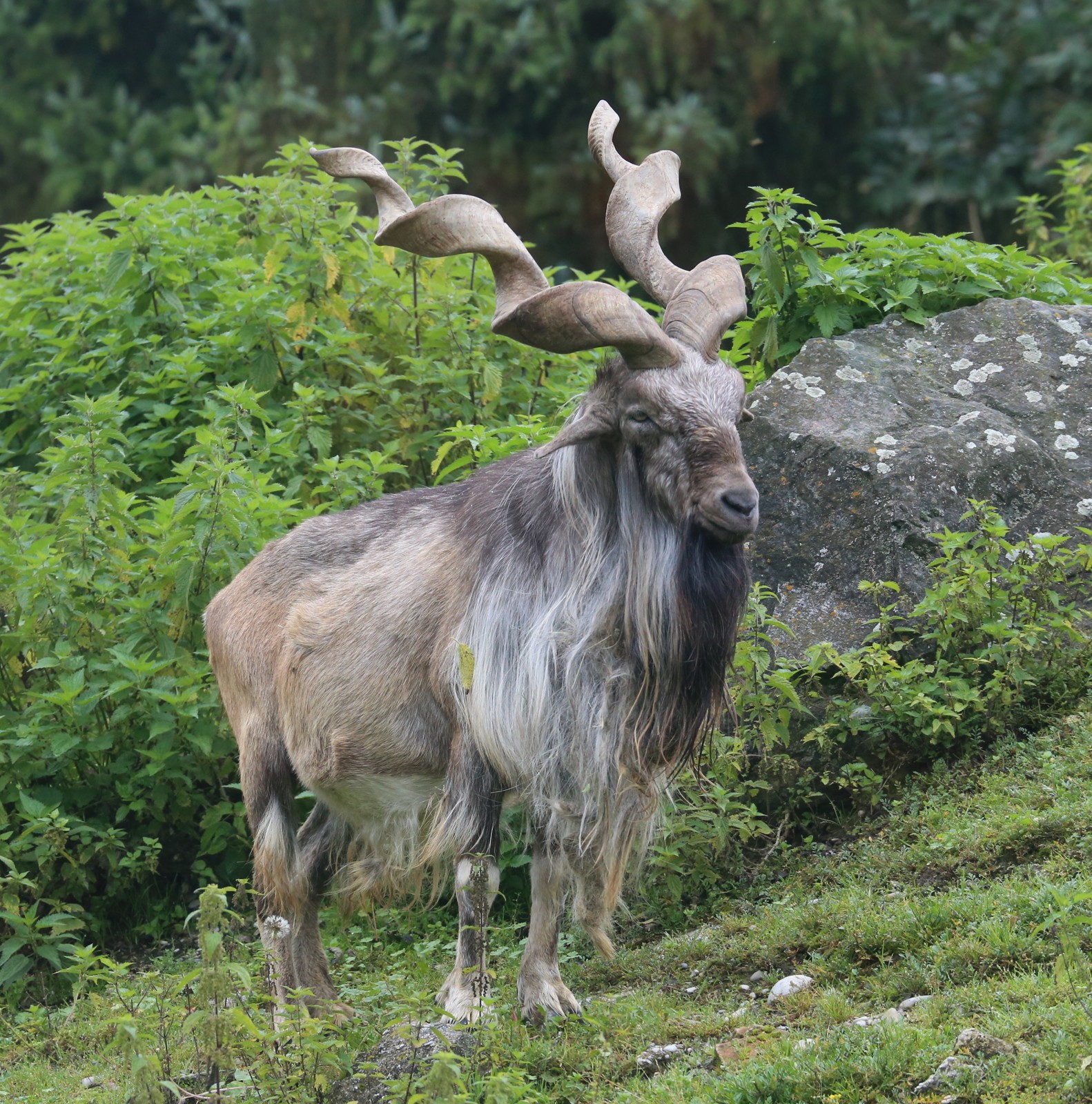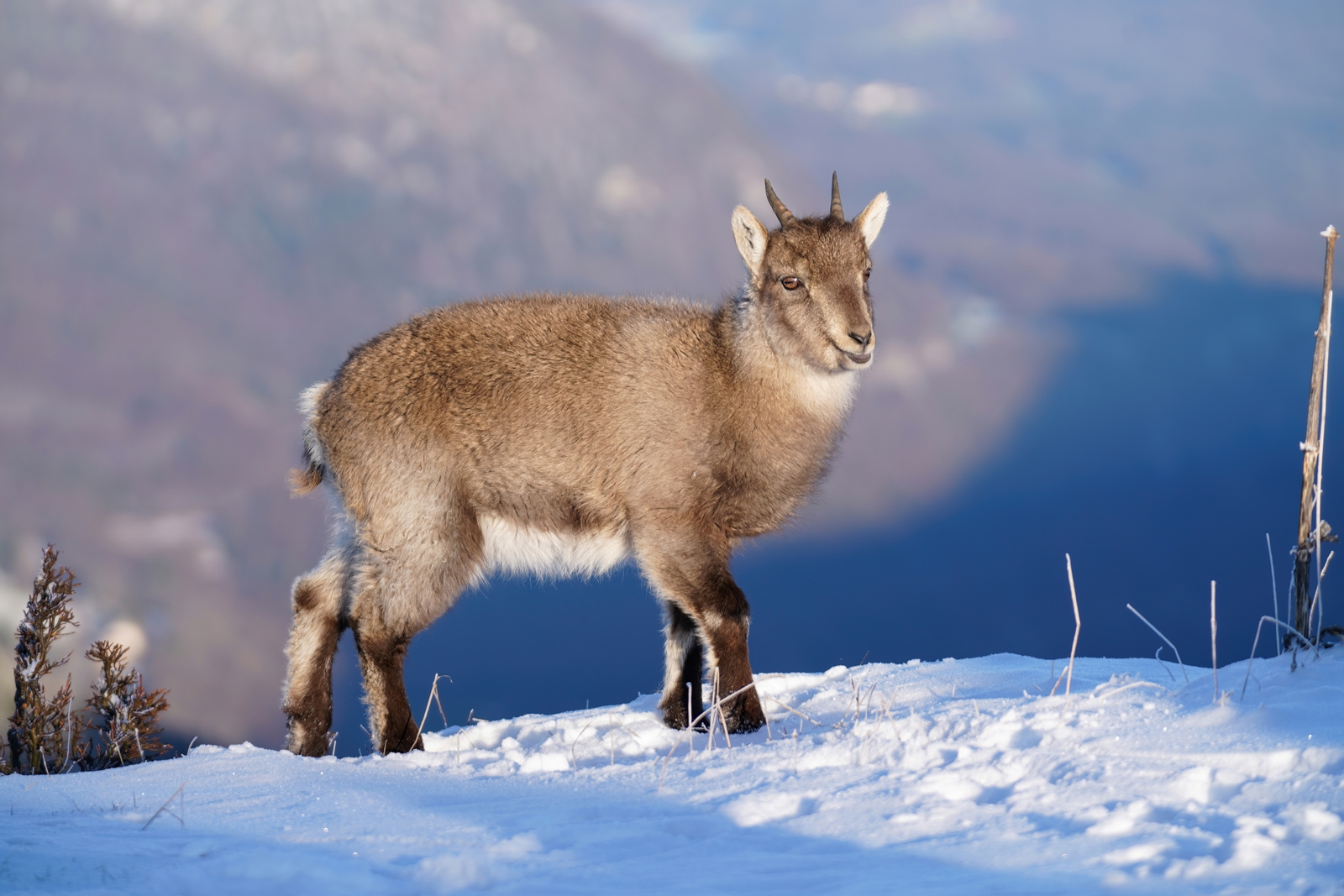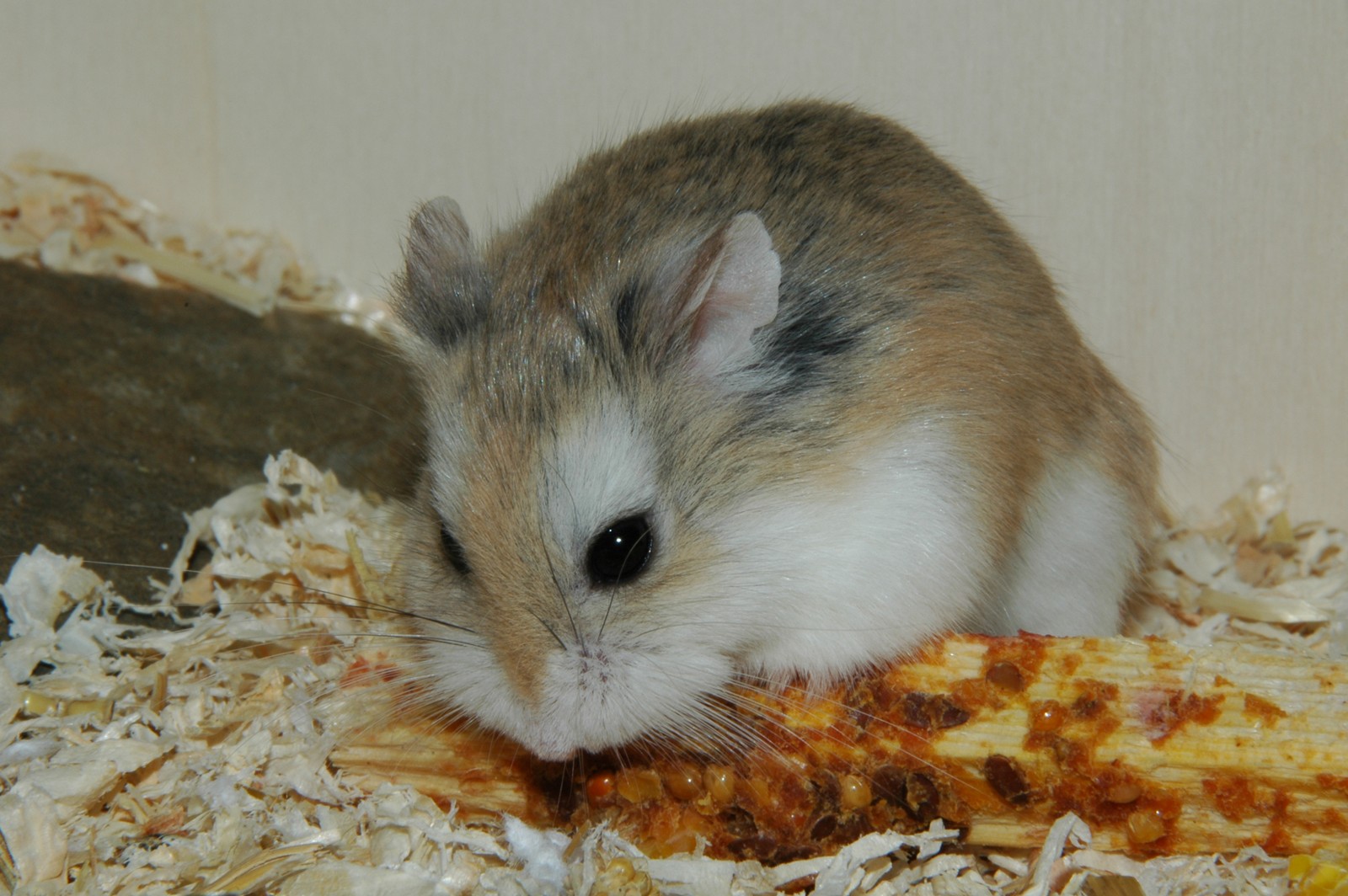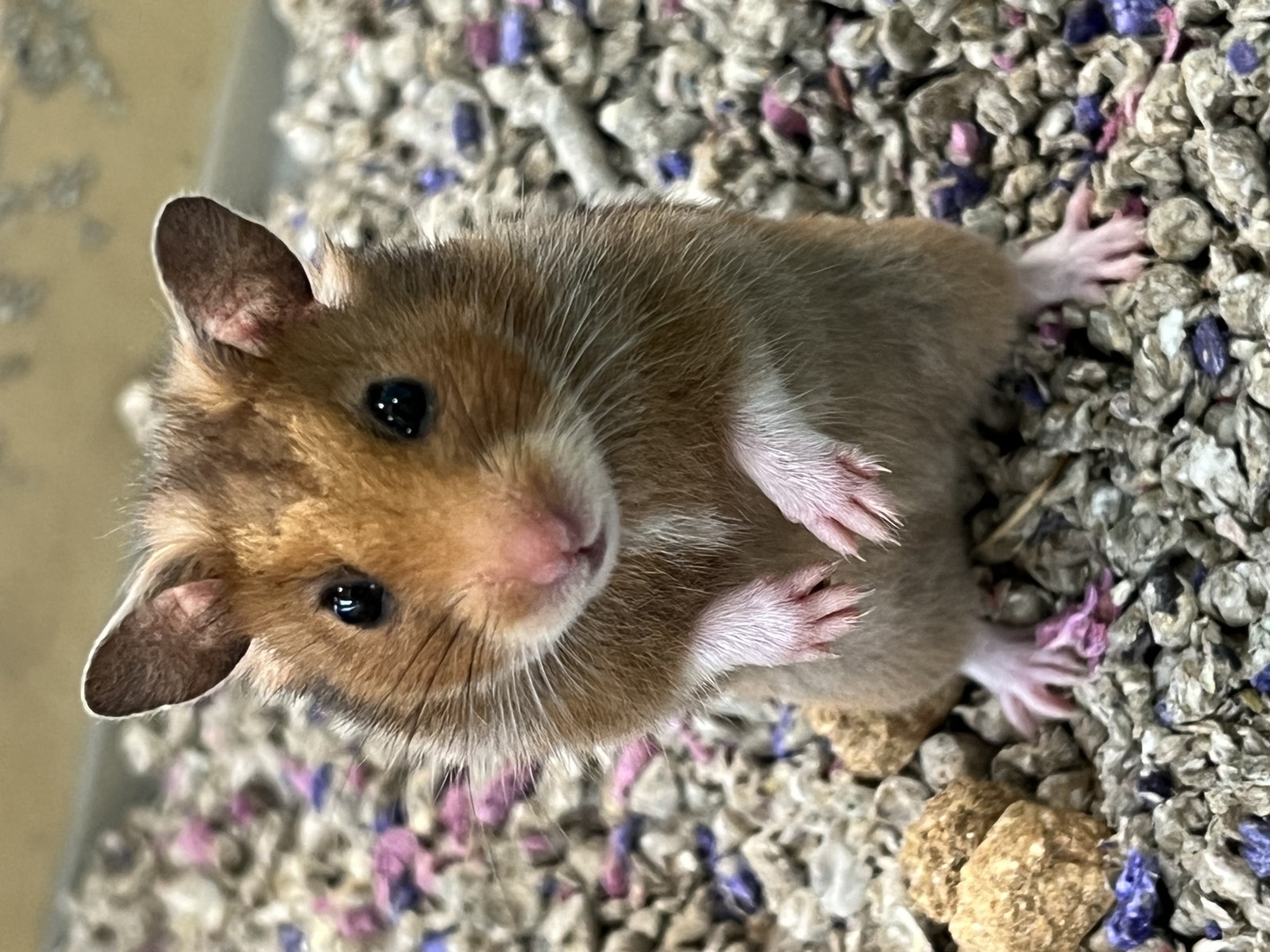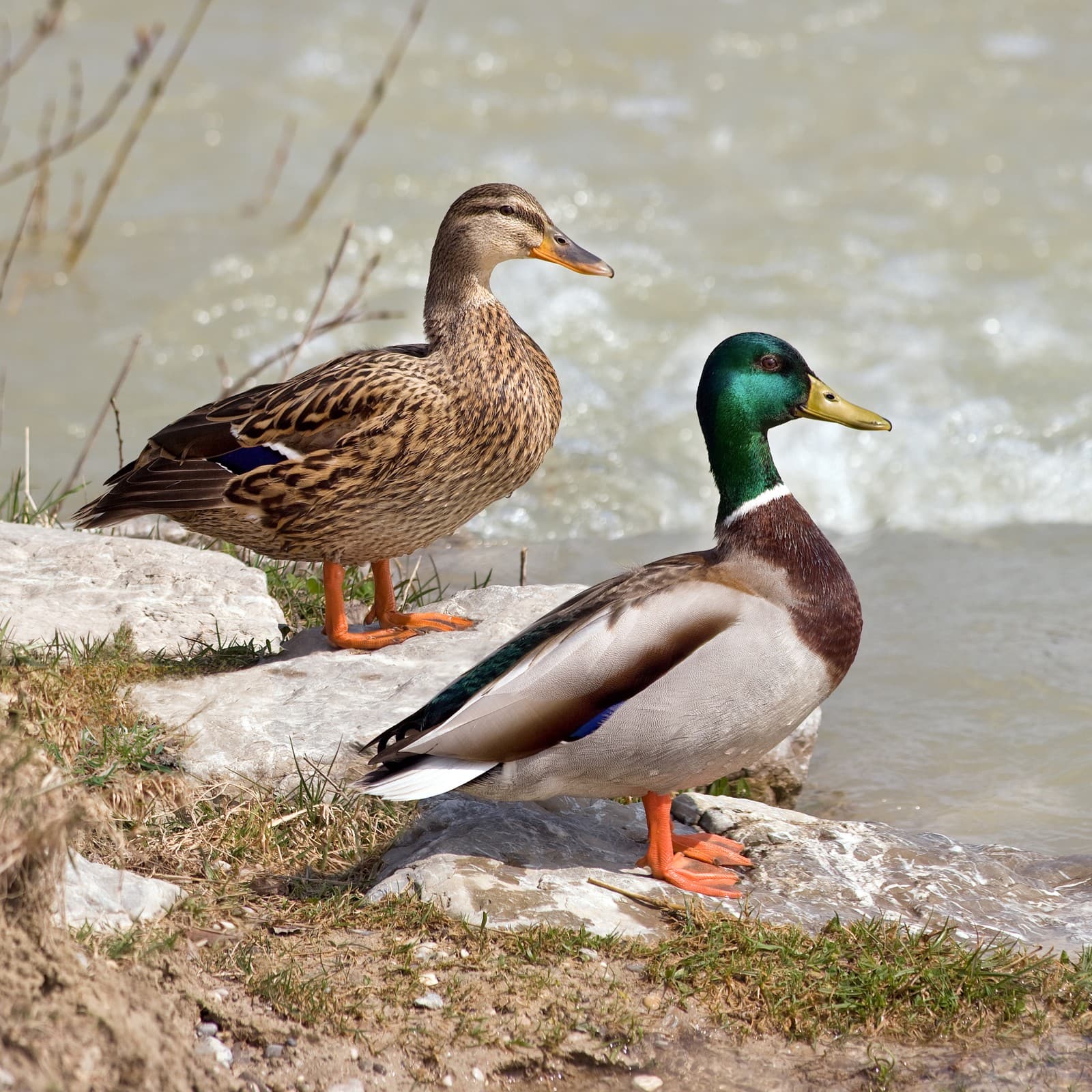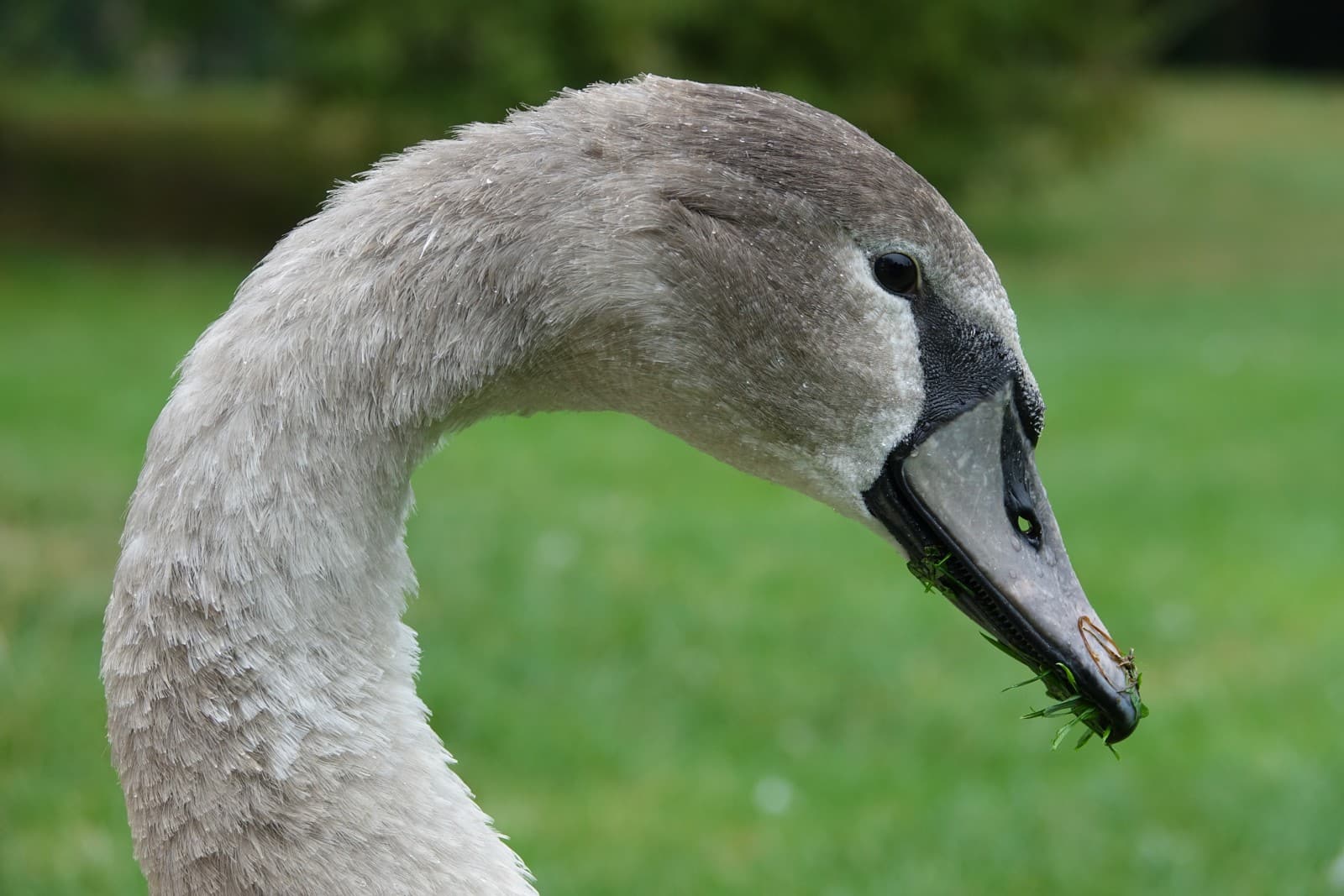Vulture vs Condor: A Complete Comparison
When comparing vultures vs condors, it’s crucial to understand that condors are actually a specialized type of vulture, representing the largest flying birds in the Western Hemisphere. While both are master scavengers, condors stand out with their impressive wingspan of up to 10.5 feet (3.2 meters), notably larger than most vulture species, which typically range from 4.5 to 8.5 feet (1.4 to 2.6 meters).
These remarkable birds share many characteristics as nature’s cleanup crew, but several key differences set them apart. Condors, including the California and Andean species, are generally larger, longer-lived, and more specialized in their habitat requirements compared to their vulture cousins, which show greater adaptability across diverse environments.
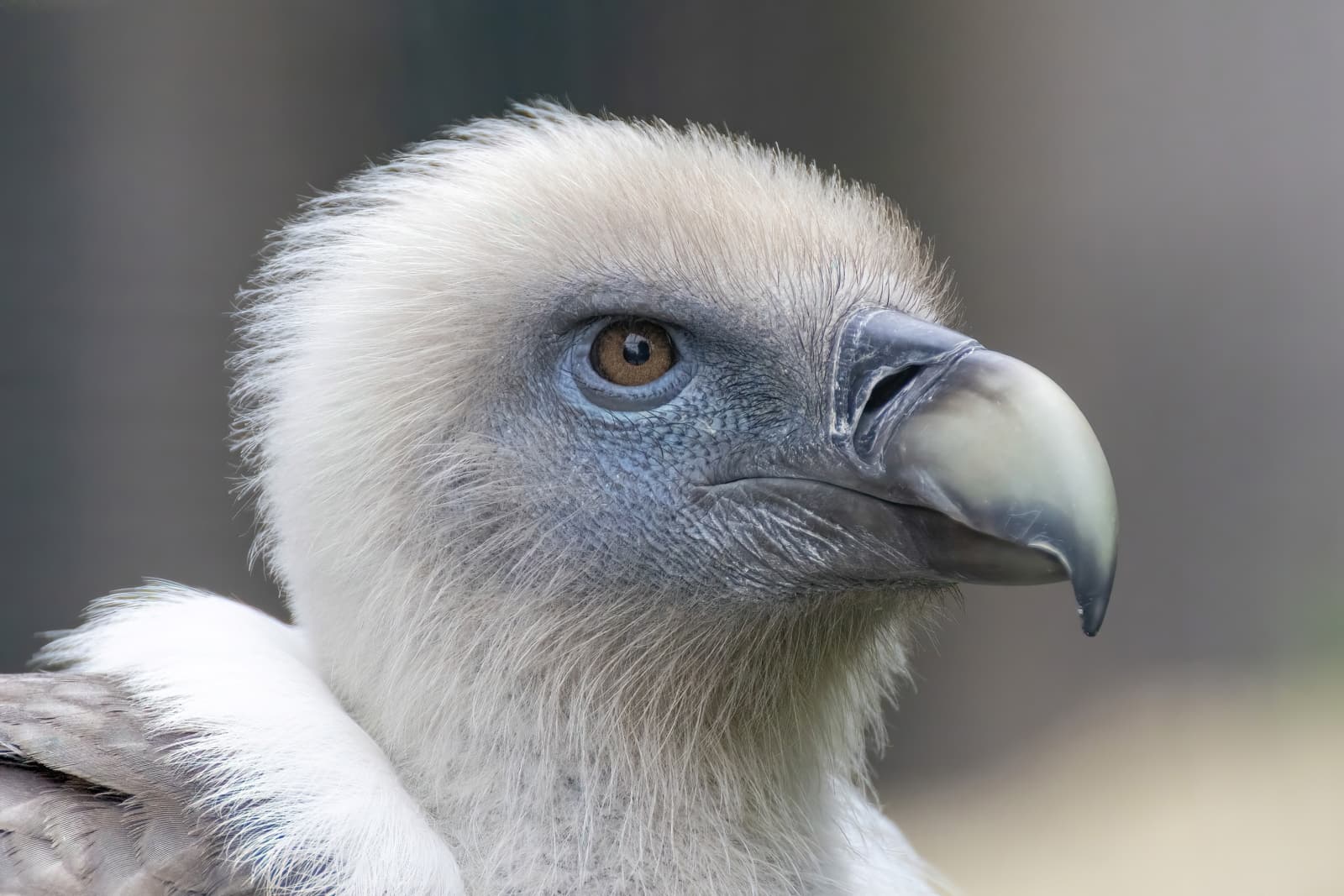
© Alexis LOURS / CC BY 4.0
The Himalayan Griffon Vulture exemplifies the classic Old World vulture characteristics, with its distinctive bare head and powerful beak adapted for efficient scavenging. These features are shared among many vulture species worldwide, enabling them to feed on carrion while maintaining excellent hygiene.
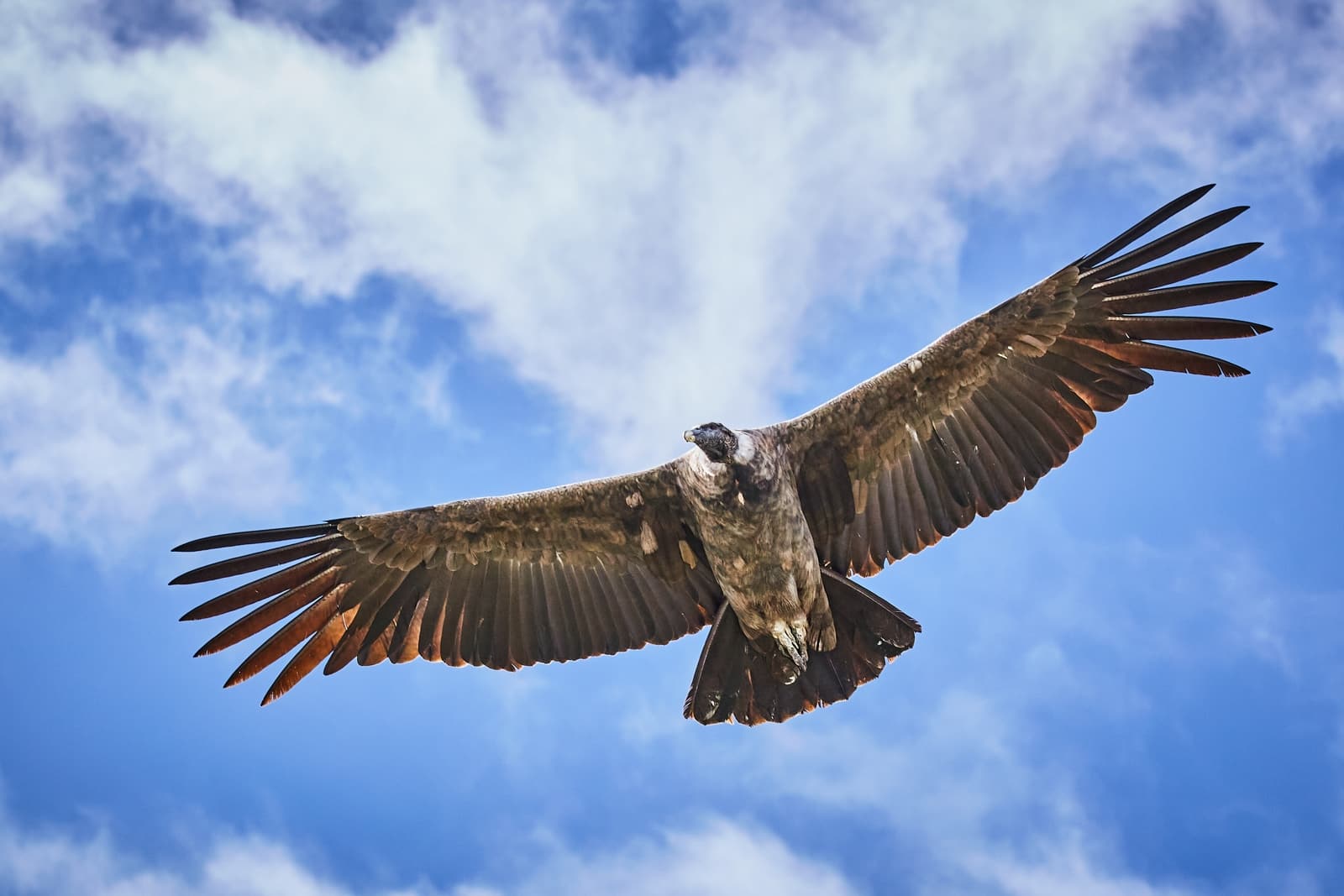
© Thomas Fuhrmann / CC BY-SA 4.0
The Andean Condor demonstrates the impressive scale that sets condors apart from typical vultures. Its massive wingspan and distinctive silhouette make it instantly recognizable as one of the world’s largest flying birds, adapted perfectly for soaring along mountain thermals.
Key Differences: Vulture vs Condor
| Feature | Vulture | Condor |
|---|---|---|
| Wingspan | 4.5-8.5 feet (1.4-2.6 m) | Up to 10.5 feet (3.2 m) |
| Weight | 9-31 lbs (4-14 kg) | Up to 33 lbs (15 kg) |
| Lifespan | 10-30 years | 50+ years |
| Distribution | Worldwide | Americas only |
| Habitat | Various ecosystems | Mountains and coastal areas |
| Population Status | Various (some threatened) | Critically endangered |
Habitat and Distribution
While vultures demonstrate remarkable adaptability, inhabiting environments from African savannas to Asian mountains, condors show more specialized habitat preferences. The California Condor historically ranged across North America but is now limited to carefully managed populations in California, Arizona, and Baja California. The Andean Condor remains a master of South America’s mountainous regions, requiring specific environmental conditions for survival.
Hunting and Feeding Behavior
Both vultures and condors are primarily scavengers, but their feeding strategies show notable differences. Vultures often feed in larger groups, with some species capable of locating carrion through smell – a trait unique among raptors. Condors, particularly the California Condor, tend to feed in smaller groups and rely exclusively on sight to locate food.
Conservation Status and Threats
The conservation stories of vultures and condors highlight different challenges in raptor preservation. Many vulture species face widespread threats from habitat loss and poisoning, particularly in Asia and Africa. Condors represent some of conservation’s greatest challenges and successes, with the California Condor having been brought back from just 27 individuals in 1987 to over 400 today through intensive management.
Physical Adaptations
Both groups showcase remarkable adaptations for their scavenging lifestyle, but with distinct variations:
- Vultures typically have lighter builds, allowing for more efficient soaring in varied conditions
- Condors possess heavier bone structure and greater muscle mass, requiring specific thermal conditions for flight
- Both feature bare heads for hygiene, but condors often display more pronounced sexual dimorphism
- Vultures show greater diversity in beak shapes and sizes, reflecting varied feeding strategies
Who Would Win in a Confrontation?
While direct confrontations are rare in nature, a condor’s superior size and strength would likely give it an advantage in any theoretical encounter. However, both birds typically avoid aggressive interactions, preferring to establish feeding hierarchies through passive displays of dominance. Their roles as scavengers mean they’ve evolved to avoid physical confrontations, focusing instead on efficient carrion location and consumption.
Through millions of years of evolution, both vultures and condors have perfected their roles as nature’s cleanup crew, each adapting to specific niches while maintaining their essential ecological functions. Understanding their differences and similarities helps us appreciate these remarkable birds and their crucial contributions to ecosystem health.
